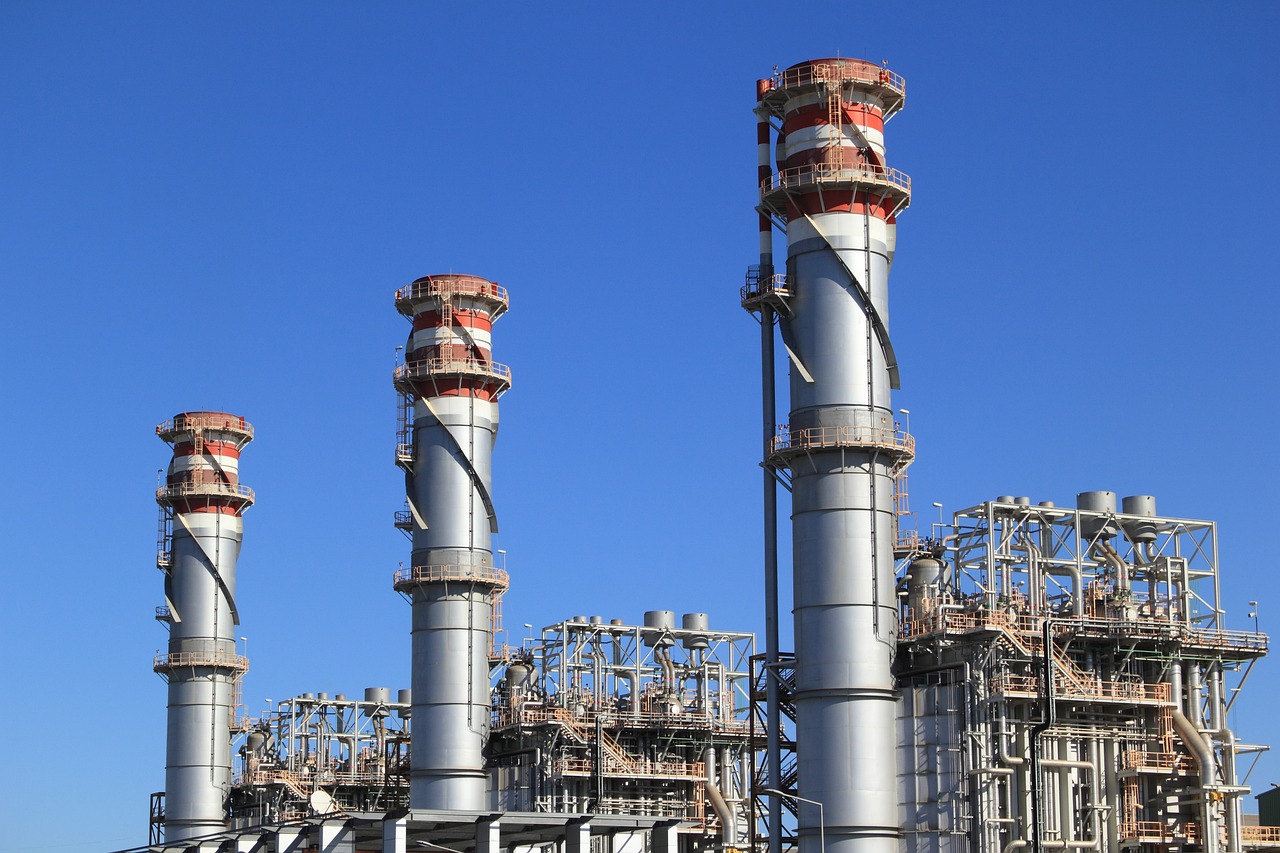Introduction
Have you ever wondered why water boils at a constant temperature of 100 degrees Celsius (212 degrees Fahrenheit) under standard atmospheric pressure? Or why a pot of boiling water remains at the same temperature even after continuous heating? The answers to these intriguing questions lie in a fascinating concept known as the latent heat of vaporization. This fundamental property of matter plays a crucial role in the process of phase transitions and has significant implications in various aspects of our daily lives and industrial processes.
What is Latent Heat of Vaporization?
The latent heat of vaporization, also referred to as the heat of vaporization, is a unique characteristic of substances that undergo a phase change from a liquid to a gaseous state. It represents the amount of heat energy required to transform a specific amount of a substance, typically measured in joules per gram (J/g) or kilojoules per mole (kJ/mol), from its liquid state to its gaseous state at a constant temperature and pressure.
Understanding Phase Transitions
To grasp the significance of the latent heat of vaporization, we must first comprehend phase transitions. Every substance exists in one of the three main states of matter: solid, liquid, or gas. The transition between these states occurs when certain conditions, such as temperature and pressure, are altered.
In the case of a liquid-to-gas transition (vaporization or boiling), when heat is supplied to a substance in its liquid state, its temperature rises until it reaches the boiling point. At this critical temperature, the addition of further heat no longer increases the temperature; instead, it is absorbed by the substance to undergo the phase change. The molecules within the liquid gain enough energy to overcome the attractive forces holding them together, breaking free from their liquid state and forming a gas. During this transformation, the temperature remains constant, and the heat energy is said to be “latent” or hidden.
Practical Implications
The latent heat of vaporization has a multitude of practical implications across various fields:
Steam Power Generation: One of the most significant applications of latent heat of vaporization is in steam power generation. Water is heated to produce steam, which drives turbines connected to generators, generating electricity. The high latent heat of vaporization of water allows for efficient energy transfer and power production.
Cooling Systems and Air Conditioning: The process of evaporation, which involves the latent heat of vaporization, is employed in cooling systems and air conditioners. When a liquid evaporates, it absorbs heat from its surroundings, leading to cooling effects.
Weather and Climate: The concept of latent heat of vaporization plays a crucial role in weather phenomena. For instance, during evaporation of water from the oceans, large amounts of heat energy are absorbed, driving weather patterns, humidity, and precipitation.
Cooking and Food Processing: The latent heat of vaporization is fundamental in cooking processes, such as boiling, steaming, and simmering. It enables efficient heat transfer and helps in achieving desired textures and flavors in food.
Conclusion
The latent heat of vaporization is a fascinating and essential property of matter that governs phase transitions from a liquid to a gaseous state. This concept, which allows substances to change state without changing temperature, has a profound impact on our daily lives, from the steam that powers our electricity to the cooling systems that keep us comfortable in hot weather. Understanding the latent heat of vaporization opens the door to harnessing this natural phenomenon in numerous industrial processes and scientific endeavors, contributing to advancements and innovations that shape our world.














